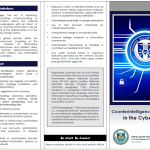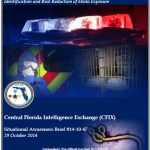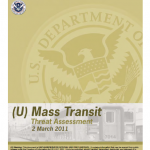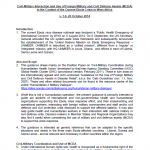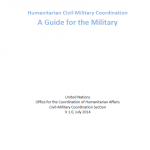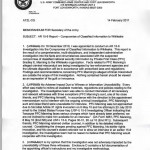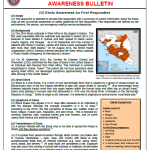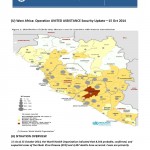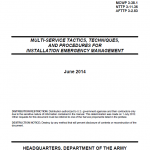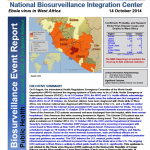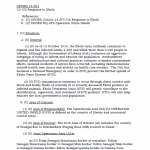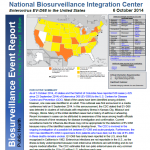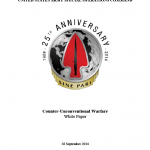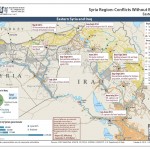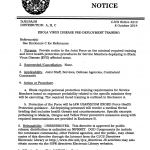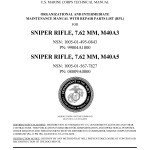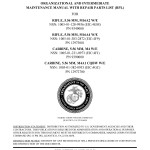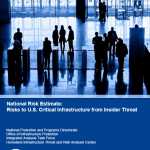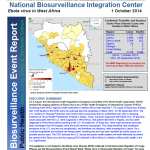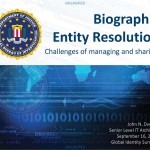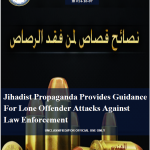
Propaganda providing guidance and/or encouraging “individual jihad” or small cell operations against the West continues to be a prevalent theme in jihadist messaging. This bulletin was created by the CFIX in order to address recent propaganda from the Islamic State and its supporters which provides guidance on targeting law enforcement officers. The CFIX bases its analysis in this bulletin from open source reporting and internet postings with varying degrees of reliability, especially in regards to the true intention and capabilities of terrorist organizations and their supporters. This information is intended to support local, state and federal government agencies along with other entities in developing / prioritizing protective and support measures relating to an existing or emerging threat to homeland security.

